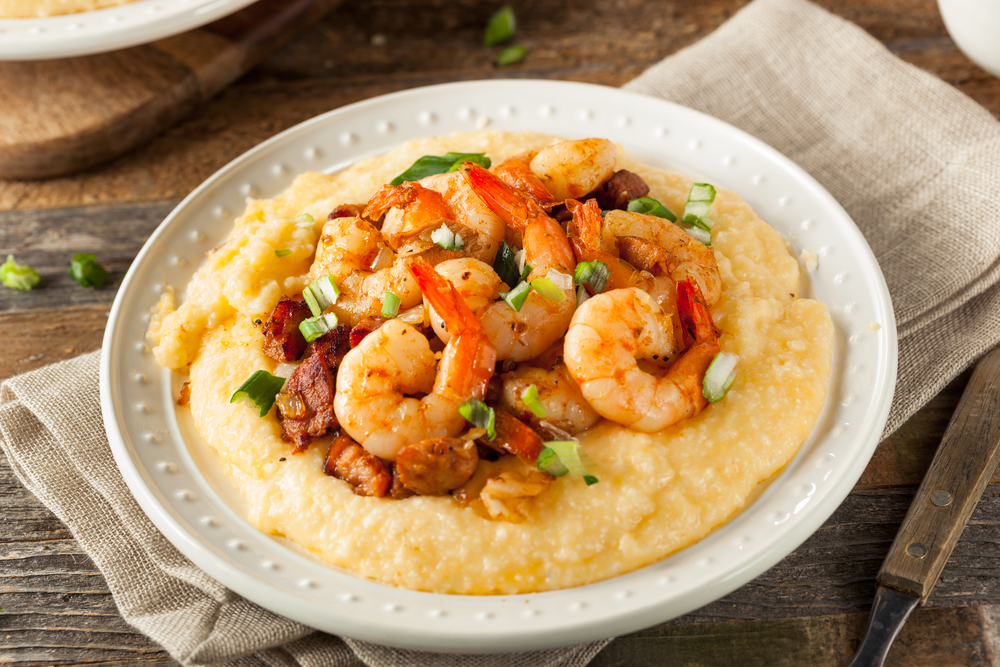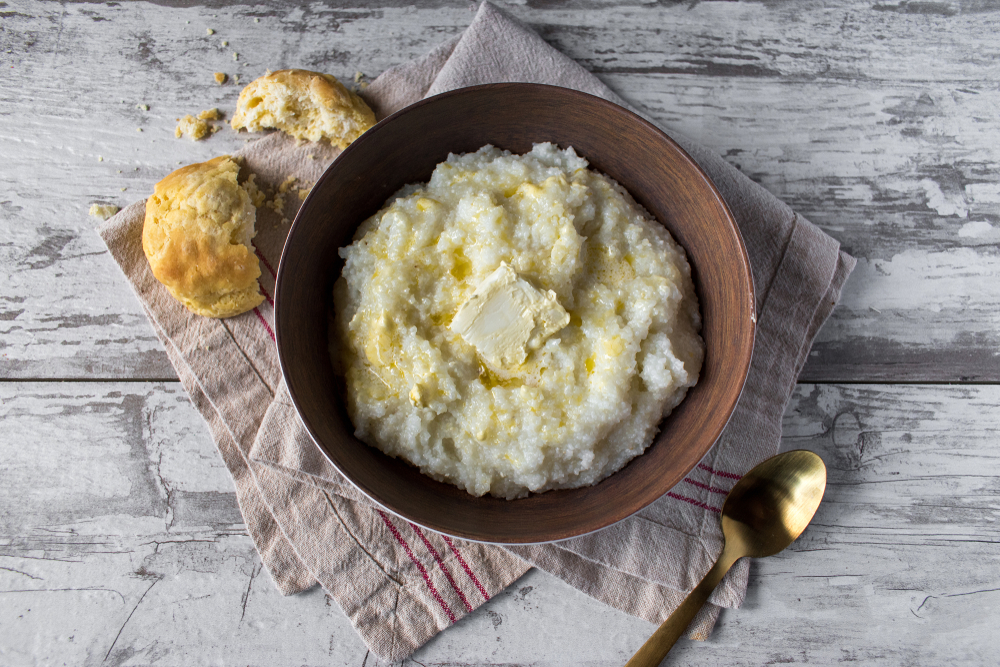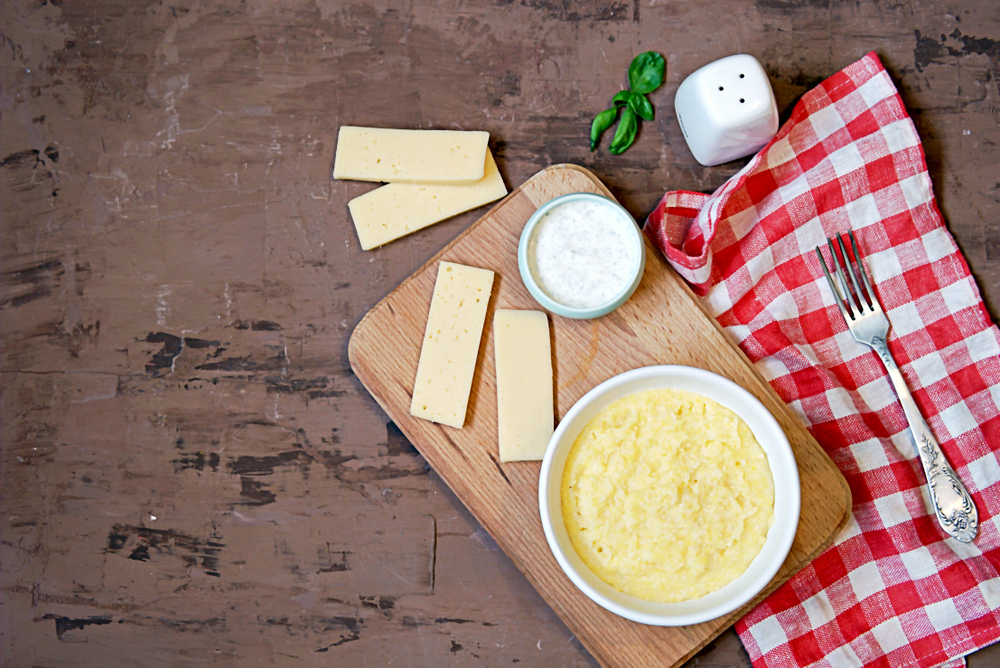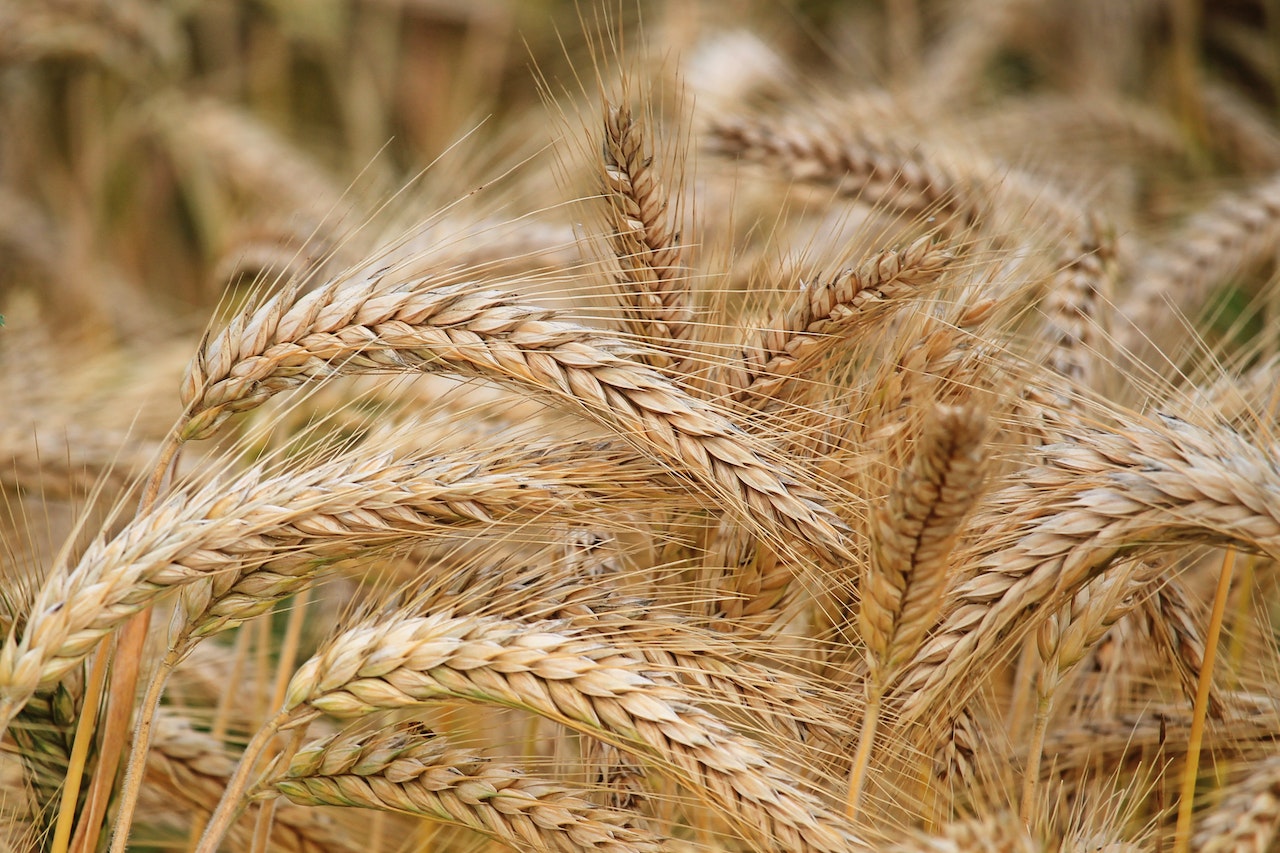As a fan of Southern cuisine, I know that shrimp and grits is a classic dish that is both delicious and satisfying. However, reheating shrimp and grits can be a bit tricky.
If not done properly, the dish can become dry, rubbery, or lose its flavor. In this article, I will share with you some tips and tricks on how to reheat shrimp and grits to perfection.
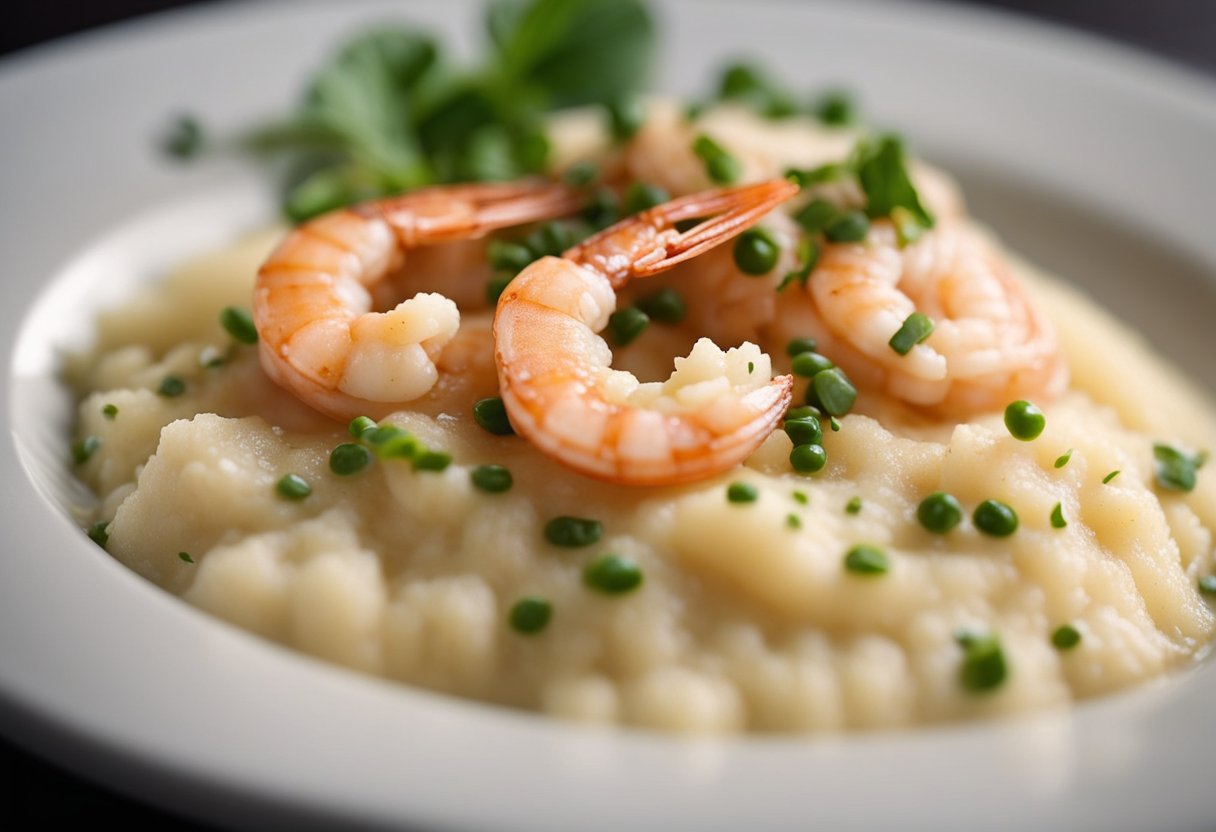
Before we dive into the reheating methods, let’s first understand what shrimp and grits are and why they are so popular. Shrimp and grits is a traditional dish from the Southern United States, often served for breakfast, lunch, or dinner.
It typically consists of creamy grits topped with succulent shrimp cooked in a flavorful sauce. The dish is loved for its rich and comforting taste, making it a favorite among many foodies.
Now that we know what shrimp and grits are, let’s move on to the main topic of this article: how to reheat them. In the next section, I will share with you some preparation tips that you should follow before reheating the dish.
Understanding Shrimp and Grits

As a Southerner, I know that shrimp and grits is a classic dish that has been enjoyed for generations. This dish is a perfect balance of flavors and textures, with creamy grits and tender shrimp that are flavored with bacon, lemon, garlic, and hot sauce.
In this section, I will cover the history of the dish and its key ingredients.
History of the Dish
Shrimp and grits is a dish that has its roots in African cuisine. It was first introduced to the United States in the Lowcountry region of South Carolina and Georgia.
The dish was originally made with hominy instead of grits, which were more readily available in the region. Over time, the dish evolved to include stone-ground grits, which are now considered the traditional ingredient.
Today, shrimp and grits is a popular dish throughout the Southern United States, and it is often served in restaurants and at home. It is a dish that has stood the test of time and continues to be enjoyed by many.
Key Ingredients
The key ingredients in shrimp and grits are shrimp, grits, cheese, bacon, lemon, garlic, olive oil, white cheddar cheese, fresh parsley, hot sauce, and scallions. Let’s take a closer look at each of these ingredients:
- Grits: Grits are made from ground corn and are a staple in Southern cuisine. Stone-ground grits are the traditional ingredient in shrimp and grits.
- Shrimp: Deveined shrimp are the perfect protein for this dish. They are cooked in olive oil, garlic, and lemon zest to give them a bright flavor.
- Cheese: White cheddar cheese is added to the grits to give them a creamy texture and a cheesy flavor.
- Bacon: Bacon is used to flavor the dish and give it a smoky taste.
- Lemon: Lemon is used to give the shrimp a bright, fresh flavor.
- Garlic: Garlic is used to flavor the shrimp and give it a rich, savory taste.
- Olive oil: Olive oil is used to cook the shrimp and give it a light, delicate flavor.
- Fresh parsley: Fresh parsley is used to garnish the dish and give it a pop of color.
- Hot sauce: Hot sauce is used to add a little bit of heat to the dish.
- Scallions: Scallions are used to garnish the dish and add a little bit of crunch.
Overall, shrimp and grits is a classic dish that is perfect for any occasion. With a little bit of preparation and the right ingredients, you can make this delicious dish at home and impress your friends and family.
Preparation Before Reheating
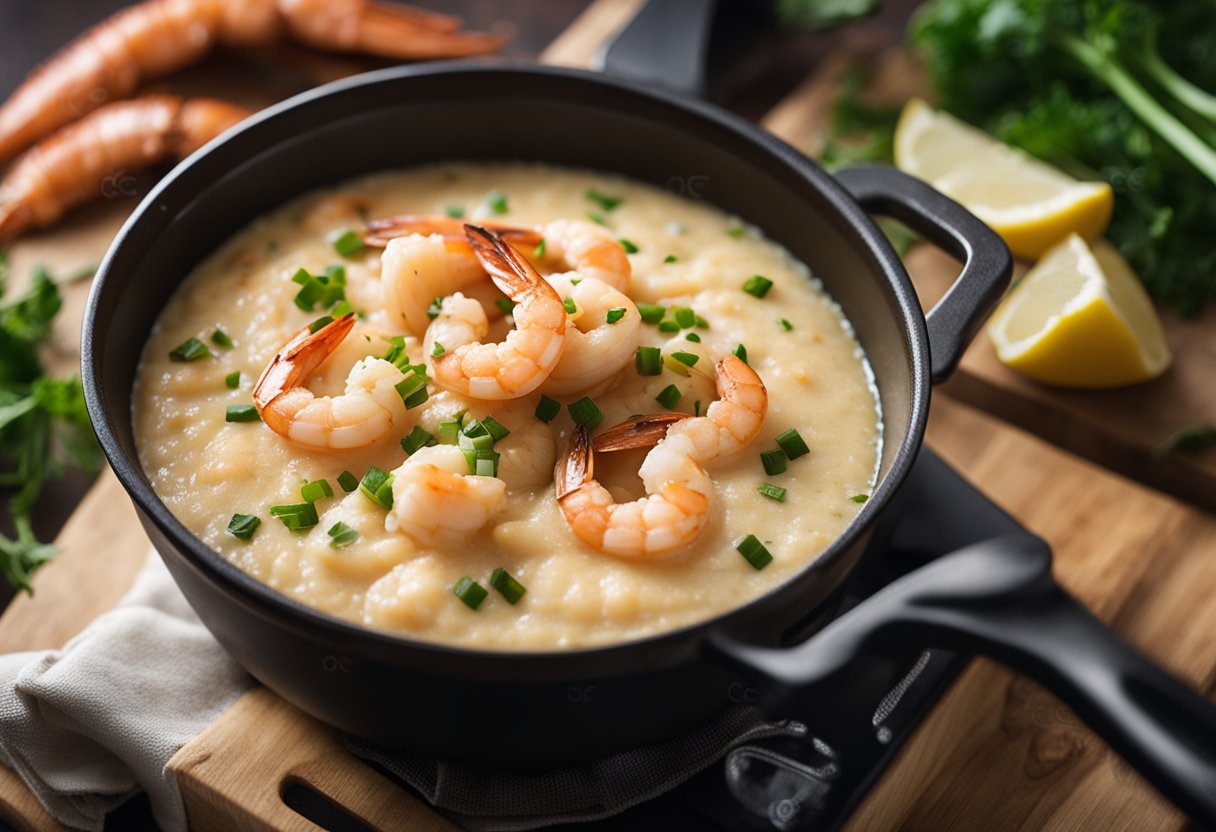
Before reheating shrimp and grits, it is important to properly store the leftovers and bring them to room temperature. Here are some tips to ensure your reheated dish is just as delicious as the first time around.
Storing Leftovers
To store leftover shrimp and grits, transfer them to an airtight container or wrap them tightly in aluminum foil. Be sure to label the container with the date so you know when it was made. Store the container in the refrigerator for up to three days.
Bringing to Room Temperature
Before reheating shrimp and grits, it is important to bring them to room temperature. This will allow for even reheating. To do so, take the container out of the refrigerator and let it sit at room temperature for about 30 minutes.
If you are in a hurry, you can use a microwave-safe container to speed up the process. Simply transfer the shrimp and grits to a microwave-safe container and heat on high for 30 seconds to 1 minute until it reaches room temperature.
By following these simple steps, you can ensure that your reheated shrimp and grits are just as delicious as the first time around.
Reheating Methods
When it comes to reheating shrimp and grits, there are three main methods that you can use: microwave reheating, oven reheating, and stovetop reheating.
Each method has its pros and cons, and the one you choose will depend on your personal preference and the tools you have available.
Microwave Reheating
Microwave reheating is the quickest and easiest way to reheat shrimp and grits. To reheat your dish in the microwave, place it in a microwave-safe dish and cover it with a lid or plastic wrap.
Make sure to leave a small vent to allow steam to escape. Microwave on high for 1-2 minutes, or until heated through, stirring halfway through.
One of the downsides of microwave reheating is that it can sometimes cause the grits to become dry or rubbery. To prevent this, you can add a splash of milk or water to the grits before reheating to help them retain their moisture.
Oven Reheating
Oven reheating is a great option if you want to reheat a large batch of shrimp and grits. To reheat in the oven, preheat your oven to 350°F and place your shrimp and grits in an oven-safe dish.
Cover the dish with a lid or aluminum foil and bake for 10-15 minutes, or until heated through.
One advantage of oven reheating is that it can help to maintain the texture of the shrimp and grits better than other methods. However, it does take longer than microwave reheating or stovetop reheating.
Stovetop Reheating
Stovetop reheating is a good option if you want to reheat your shrimp and grits quickly without using a microwave.
To reheat on the stovetop, place your shrimp and grits in a non-stick skillet or frying pan with a small amount of liquid (such as milk or water) and heat over medium heat. Stir continuously until heated through.
One benefit of stovetop reheating is that it allows you to control the heat and prevent the grits from becoming dry or rubbery. However, it does require more attention and stirring than other methods.
No matter which method you choose, be sure to stir your shrimp and grits occasionally to ensure even heating. With these methods, you can enjoy delicious reheated shrimp and grits without sacrificing flavor or texture.
Maintaining Quality and Flavor
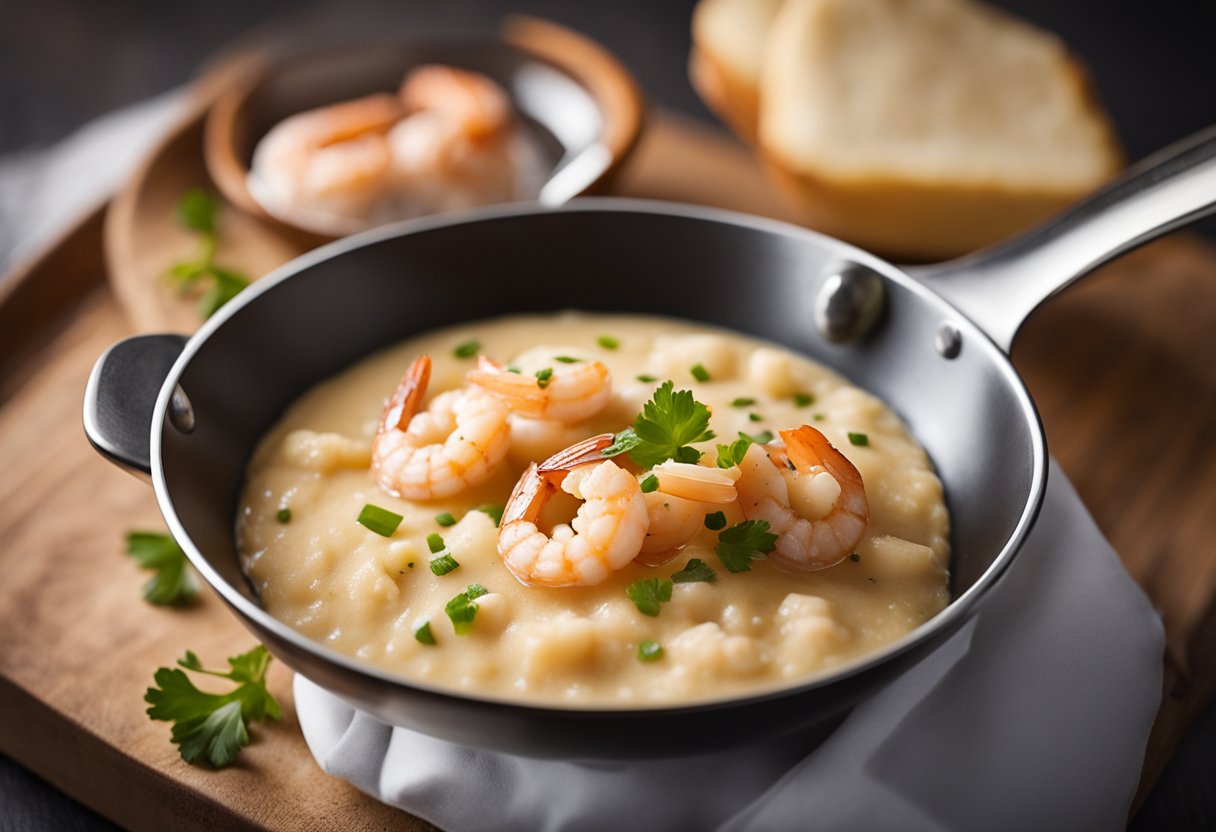
When reheating shrimp and grits, it’s important to maintain the quality and flavor of the dish. Here are some tips to help you do just that.
Adding Moisture
One of the biggest challenges when reheating shrimp and grits is maintaining the moisture of the dish.
To combat this issue, I recommend adding a small amount of water, milk, or cream to the dish before reheating. This will help to keep the grits moist and creamy, and prevent them from drying out.
Stirring and Distribution of Heat
When reheating shrimp and grits, it’s important to stir the dish frequently to ensure that the heat is distributed evenly. This will help to prevent any hot spots from forming, which can cause the dish to overcook in certain areas.
Adjusting Seasonings
Finally, when reheating shrimp and grits, it’s important to taste the dish and adjust the seasonings as needed. This may include adding a pinch of salt and pepper, or even a small amount of butter to enhance the flavor of the dish.
By following these tips, you can maintain the quality and flavor of your shrimp and grits when reheating them.
Serving Suggestions
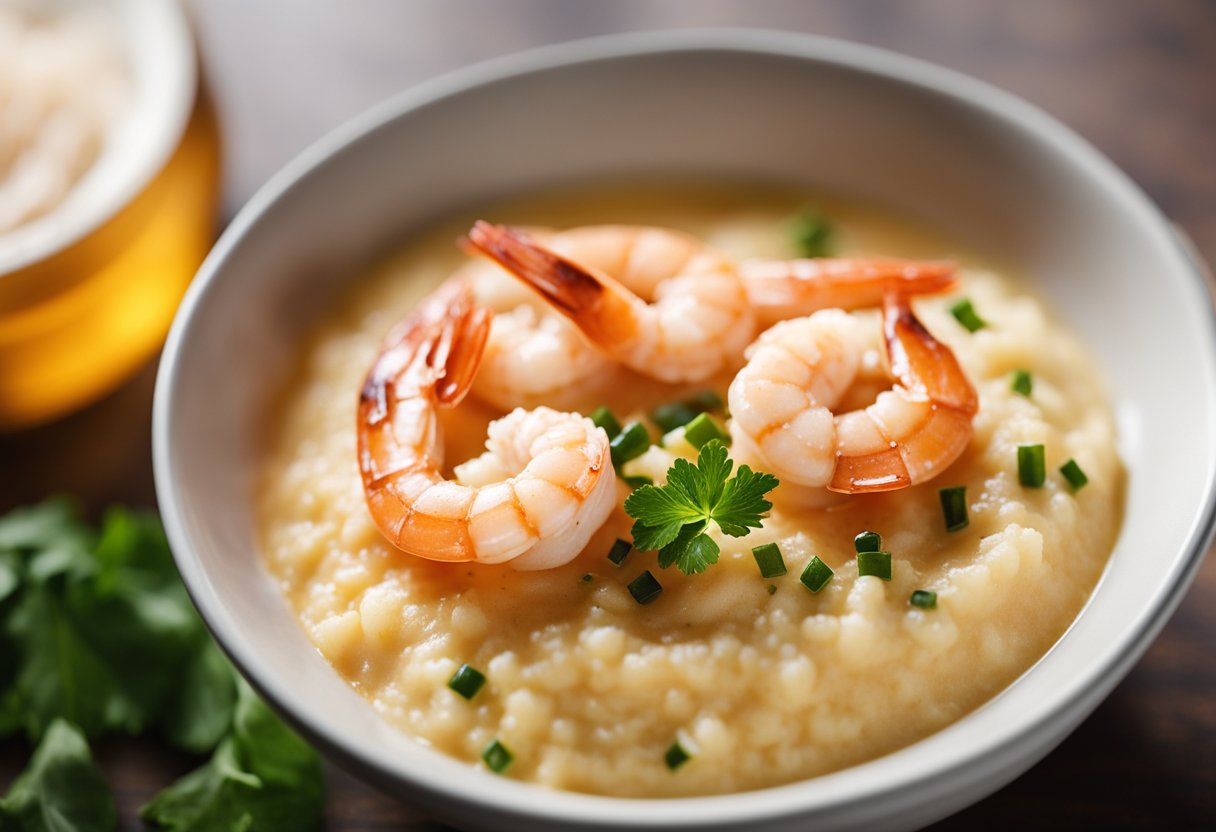
When it comes to serving shrimp and grits, there are plenty of ways to add some extra flavor and texture to the dish.
Here are some of my favorite garnishes and additions:
Garnishes and Additions
- Fresh Parsley: Adding a sprinkle of fresh parsley on top of your shrimp and grits can add a pop of color and a burst of freshness. It also pairs well with lemon juice, which can be used to brighten up the dish.
- Scallions: Another great way to add some color and flavor to your shrimp and grits is by adding sliced scallions. They have a mild onion flavor that complements the dish well.
- Hot Sauce: If you like a little heat, adding some hot sauce to your shrimp and grits can take the dish to the next level. Just be sure to use a hot sauce that complements the flavors in the dish without overwhelming them.
- Cheesy Grits: If you want to make your shrimp and grits even more indulgent, try adding some shredded cheese to your grits. Cheddar or Parmesan are both great options that will add some extra creaminess and flavor.
Overall, shrimp and grits is a versatile dish that can be customized to your liking. Whether you prefer it spicy or mild, cheesy or not, there are plenty of ways to make this classic Southern dish your own.
Frequently Asked Questions
What is the best method to reheat shrimp with sauce?
The best method to reheat shrimp with sauce is to use a non-stick skillet or frying pan over medium heat. Add a drizzle of olive oil or a pat of butter to prevent sticking, then add the leftover shrimp with sauce.
Stir continuously until heated thoroughly, approximately 5 minutes. Keep an eye on it to prevent burning. If the sauce has thickened, add a splash of liquid such as broth, milk, or water to loosen it up.
Can you safely refrigerate and reheat shrimp and grits?
Yes, you can safely refrigerate and reheat shrimp and grits. Store leftover shrimp and grits in an airtight container in the refrigerator for up to 3 days. To reheat, it is best to reheat the shrimp and grits separately.
For the grits, you can reheat them on the stovetop, in the oven, or in the microwave. To reheat on the stovetop, place the grits in a non-stick pan with a small amount of liquid such as broth, milk, or water.
How long can you keep leftover shrimp and grits before it spoils?
You can keep leftover shrimp and grits in the refrigerator for up to 3 days before it spoils. Make sure to store it in an airtight container to prevent contamination.
What’s the most effective way to keep grits warm for an event?
The most effective way to keep grits warm for an event is to use a slow cooker. Set the slow cooker on low heat and add the cooked grits. Stir occasionally to prevent clumping. You can also add a small amount of liquid such as broth, milk, or water to keep it from drying out.
Is it possible to freeze and later reheat cooked grits?
Yes, it is possible to freeze and later reheat cooked grits. Allow the cooked grits to cool completely, then transfer them to a freezer-safe container.
Label the container with the date and freeze for up to 3 months. To reheat, thaw the grits in the refrigerator overnight, then reheat on the stovetop or in the microwave.
How should cooked grits be stored to maintain their quality?
To maintain the quality of cooked grits, store them in an airtight container in the refrigerator for up to 3 days or in the freezer for up to 3 months. Make sure to label the container with the date to keep track of its freshness.



